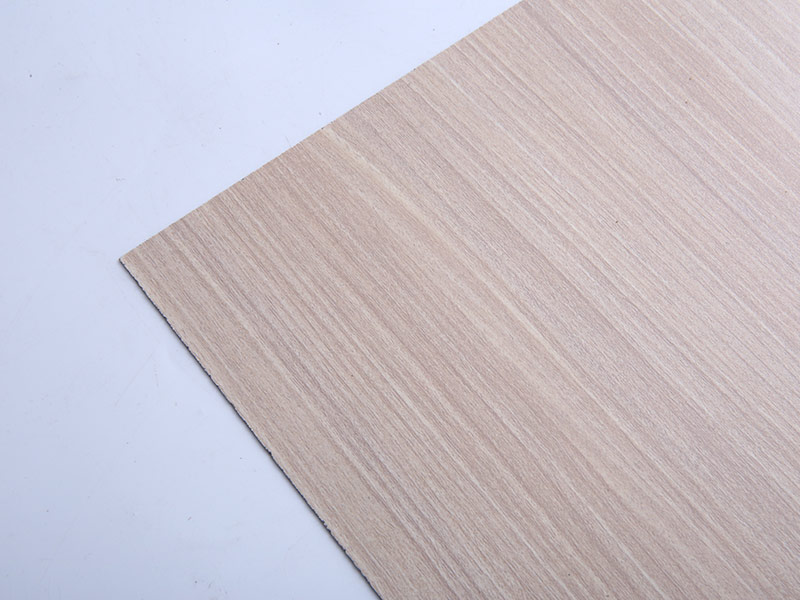How to get rid of the noise of High pressure laminate
 Nov 16, 2022|
Nov 16, 2022| View:204
View:204With the development of society and the improvement of people's living standards, High pressure laminate is widely used in decorating all kinds of modern homes. High pressure laminate is good-looking and durable and almost the perfect choice of material, except there, is a thumping sound and a lock squeak when you walk on it. But this situation is not a relief, and the following will explain in detail the possible causes and solutions of High pressure laminate.

1. The tension of the lock.
Problem: The new coating does not have time to lie on the floor, "spread out," and adapt to the room. Even the best quality high-pressure laminates hold tension at the joints after installation, making noise.
Solution: If the coating is not pressed on the subfloor and a gap is left between the high-pressure laminate and the wall, everything is fine according to the technique. 3-4 months later, the boards will occupy the desired position when used, and the noise will stop.
2. Lack of clearance.
Problem: If a laminate is pressed against a screed by a skirting board or door frame, not only will interlocking stresses occur if the board rests against the wall and there is no gap laid. The material itself begins to resist compression and noise.
Solution: Remove the skirting board and the base plate and make sure that there is a technical clearance of 10 mm between the High pressure laminate and the wall. Afterward, the base must be screwed slightly higher, and the platform band should be sawed off. If there is no clearance between the wall and the high-pressure laminate, remove the boards leaning against the wall, file them 10 mm flat, and put them back in place.
3. The surface is not flat.
Problem: This is the most common cause of noise from High pressure laminates - poor alignment of the laminate on the floor makes it sag and make noise over the crater, a condition that can even create the risk of cracking the laminate.
Solution: Completely tear off the cover and remove the backing. If the rough cement mortar on the floor is in good condition (height difference up to 0.5 cm), it can be ground. If potholes and bumps are above the indicated marks, perform cement sand screed leveling.
4. Footsteps.
Problem: If the high-pressure laminate does not squeak or creak, you sometimes still want to "make it quieter." Dense, smooth surfaces can impede acoustics - airborne noise and the footsteps echo can increase many times over, accompanied by a roaring sound from any movement.
Solution: Impact noise can be dealt with by placing the laminate on a floating screed with gaps along the walls and using an acoustic substrate such as polyurethane foam. This substrate can also reduce airborne noise from the laminate. Plain carpeting can also help protect your ears.
These are the possible causes and solutions of noise from high pressure laminates. I hope they are useful for your use!


















